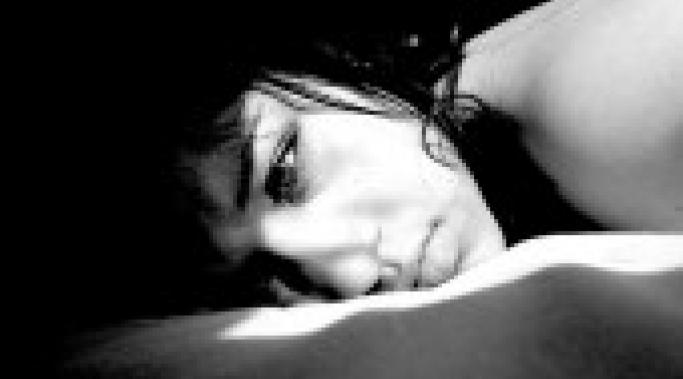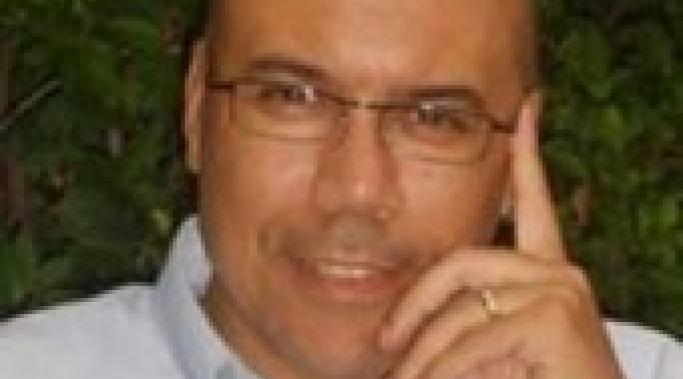Blogs
That might seem like an oxymoron, and maybe it is, on some level. I'm going to use the example of depression because it is something everyone experiences. Whether you have a mental illness or not, depression is part of the human condition.
Much has been made about the relationship between mental illness and artistic creativity. To test this theory, I’ve assembled some of the most famous first lines in fiction. Your challenge is to match them with their book of origin, the author of that book, and – this is the important part – the mental illness that prompted the passage.
For example:
First Sentence: “We were somewhere around Barstow on the edge of the desert when the drugs began to take hold.”
Book: Fear and Loathing in Las Vegas
Author: Hunter S. Thompson
Mental Illness: Chemical dependency & narcissism.
Easy, right? Okay, here we go. Good luck!
Have you heard this story? About the 6-year-old kindergartener who, throwing an epic tantrum, was handcuffed by police and escorted to the police station? Who has been suspended from school until August--i.e., the remainder of the school year? Have you heard the comments from the general public agreeing with the actions taken?
I have, and I am outraged. If you're not, you should be.
Love and fear are the only two emotions we have. What would life be like if you let go of fear and embraced love? Watch this.
Eye Movement Desensitization and Reprocessing (EMDR) therapy is primarily used as a treatment for PTSD. Discovered and developed by Francine Shapiro, Ph.D., EMDR uses eye movements, taps or tones to reprogram trauma victims' thinking. The end result can be relatively fast relief of PTSD symptoms, including the re-experiencing of the trauma and other symptoms resulting from horrific events like rape or combat. EMDR also helps with "little t" traumas having to do with beliefs about ourselves formed during childhood and other mental health disorders.
I was born in Buffalo, NY and was adopted at 6 months. I had a pretty “normal” childhood. Once I got into my teens, I began to experiment with alcohol. Upon entering college, I progressed to other drugs. During my freshman year, I experienced a psychotic break. Despite this, I continued to abuse drugs. Somehow, I managed to graduate from college and was able to land my first real job.
We don't have to be prisoners to fear of being selfish, to our past, or to shame. We can be set free by recognizing the three myths for what they are and adjusting our beliefs accordingly.
I have touched on this before. A couple of times. Other bloggers on healthyplace.com have as well because it is important. Very important. It is part of living with--and recovering from--a mental illness.
Living With A Mental Illness Makes Us Feel Different
Kristen read the post comments for Abuse Victims and Abusive Anger and asked "How do you prevent creating friendships based on a power-control dynamic and how do you escape the anger that fuels them?"
Wow. Kristen is headed for success in her relationships because she is asking great questions.
Sometimes, it is important to know when you need a break, a hiatus, and have to say no to certain things in your life. I have taken a few weeks off writing because I knew I was spread too thin with work, travel, life and health issues and asked to take a break. In recovery and sobriety from an addiction or mental health struggle, we can often take on too much. We think we can do it all and become yes people. When we feel we need a break or are feeling overwhelmed, we start to question if something is wrong with us. We start listening to the "should monster," saying we should be able to do it all. Then we beat ourselves up if we cannot handle it.








